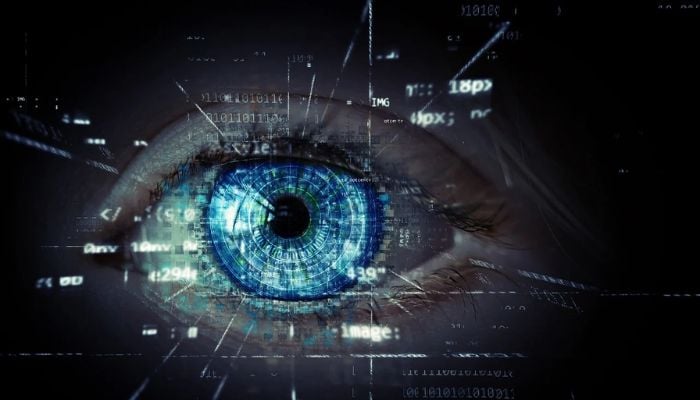Even however the world adoption of 5G wireless technology is just finding begun, a recent study is presently projecting the advancement of 6G.
As opposed to previously know-how, in accordance to scientists from the University of Massachusetts-Amherst, 6G might finally hire people as antennae.
Particularly, Obvious Mild Interaction (VLC), which functions as a wireless substitute for fibreoptics, may possibly be valuable for 6G telecommunications. Currently, fibreoptics transfer information on mild flashes working with exceedingly skinny glass or plastic strands. These wires are extremely very small and also incredibly sensitive.
The UMass Amherst team promises to have developed a imaginative, very low-value strategy of capturing VLC squander strength that tends to make use of the physique as an antenna. Wearable electronics and probably larger electronics can be powered by their engineering, which recycles squander electrical power.
“VLC is fairly very simple and fascinating,” explained Jie Xiong, professor of facts and laptop sciences at UMass Amherst, in a college launch. “Instead of working with radio indicators to send out data wirelessly, it uses the light from LEDs that can change on and off, up to just one million moments for every next.”
The simple fact that the infrastructure to use VLC now exists is what makes it so engaging for the foreseeable future of wireless technologies. Our houses, vehicles, streetlights, and companies are all lit by LED bulbs as a consequence of present know-how and clever equipment, and they might also be transferring data.
“Anything with a digicam, like our smartphones, tablets or laptops, could be the receiver,” Xiong explained.
The crew mentioned that because LEDs emit “facet-channel RF alerts” (or radio waves), VLC units experience from a substantial “leakage” of power. If scientists can capture this RF electrical power, they can use it.
They designed an antenna out of coils of copper wire to capture RF leaks in get to make this a reality. The big query that occurs subsequent is what form of item will very best get this electricity.
Researchers performed all-around with a variety of wire thicknesses and surfaces. To start with writer Minhao Cui attempted wrapping the coil about a human entire body just after laying it against plastic, cardboard, wooden, and steel as effectively as telephones and other electronic gadgets that ended up turned on and off.
According to the success, people today are the most effective media for maximizing the coil’s capacity to take up RF strength. Up to ten occasions as considerably vitality was gathered when the coil was connected to a particular person than when it was used by itself.
These results motivated the scientists to build the “Bracelet+,” a minimal-price wearable that could be worn on the upper forearm. Despite the fact that a bracelet appears to be the most efficient for gathering electricity, the study’s authors remarked that it can be modified to act as a ring, belt, anklet, or necklace.
“The layout is cheap—less than fifty cents,” the review authors pointed out. “But Bracelet+ can reach up to micro-watts, enough to assist quite a few sensors these types of as on-body overall health monitoring sensors that require tiny power to function owing to their very low sampling frequency and long sleep-method period.”
“Ultimately, we want to be ready to harvest waste vitality from all sorts of resources in order to electricity upcoming technological innovation,” Xiong concluded
